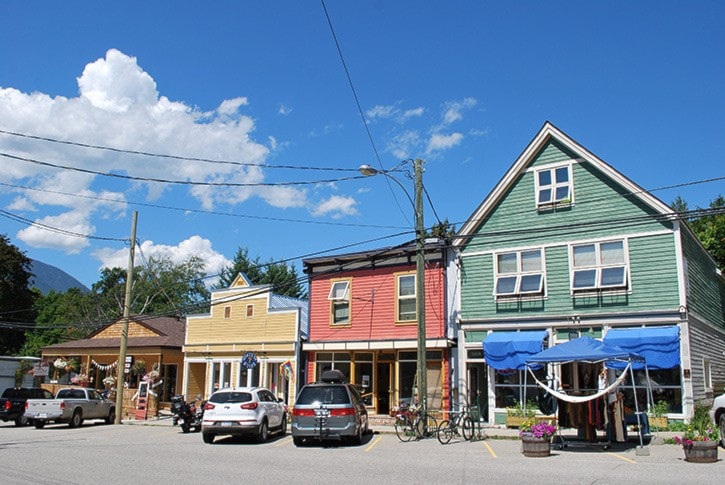BC Stats, the provincial government’s statistical agency, has released its annual population estimates for regional districts and municipalities, and the results show another year of slow-but-steady growth across the Regional District of Central Kootenay.
According to BC Stats, the Village of Nakusp recorded an estimated net gain of eleven residents in 2012, bringing the village’s population to 1,544.
Indeed, every municipality in the RDCK except Nelson and Creston experienced some measure of growth last year, led by its smallest villages.
Leading the way not just in the district but in the entire province was Slocan, which experienced a stunning 10 per cent increase in population last year to place the village at 439 residents. Salmo (1,092; +1.8 per cent), Silverton (206, +1.5per cent), and New Denver (520, +1.0 per cent) also ranked as some of the province’s fastest-growing towns last year with Kaslo (1,194, +0.8 per cent) also showing growth.
Of the larger centres in the district, Nelson stayed even at 9,810; Castlegar was up half-a-percent to 7,958; and Creston experienced its first drop in nearly a decade (5,208; -0.4 per cent). The RDCK’s substantial unincorporated areas, making up over half of the district’s total population of 60,896, also showed slight growth. Overall, the RDCK’s population grew by 0.3 per cent last year.
Our neighbour to the west, the Regional District of Kootenay-Boundary experienced substantial losses in the Boundary region, but slight gains in Greater Trail. To the north, the Columbia-Shuswap Regional District also suffered across-the-board population losses, with Golden, Revelstoke, Salmon Arm, and Sicamous all losing residents. Tourist-heavy Squamish-Lillooet and resource-rich Peace River continue to be the fastest-growing regional districts of the province, while northern Vancouver Island’s Mount Waddington Regional District lost over two per cent of its population last year.
Province-wide, the fastest-growing municipality larger than 5,000 people continues to be the suburban Victoria city of Langford, which grew by three percent last year.
On the other end, the fastest-shrinking town was Port Hardy, which lost nearly five per cent of its population. In fact, the top three fastest-shrinking communities last year, and five of the top ten, were on forestry-dependent northern Vancouver Island.
Unsurprisingly, B.C.’s two largest cities, Vancouver and Surrey, gained the largest net amounts of residents; their populations now sit at 666,517 and 482,725, respectively. As is typical, the province’s overall population grew another percent to 4,622,573.
Each year, BC Stats produces sub-provincial population using indicators like health registrations and residential hydro hook-ups to gauge population growth from one year to the next, account for net census undercount, and assist in local and provincial government planning processes.
The entire table of provincial population estimates can be found at BC Stats’ website, http://www.bcstats.gov.bc.ca/ under the Demography heading in the Statistics by Subject tab.
